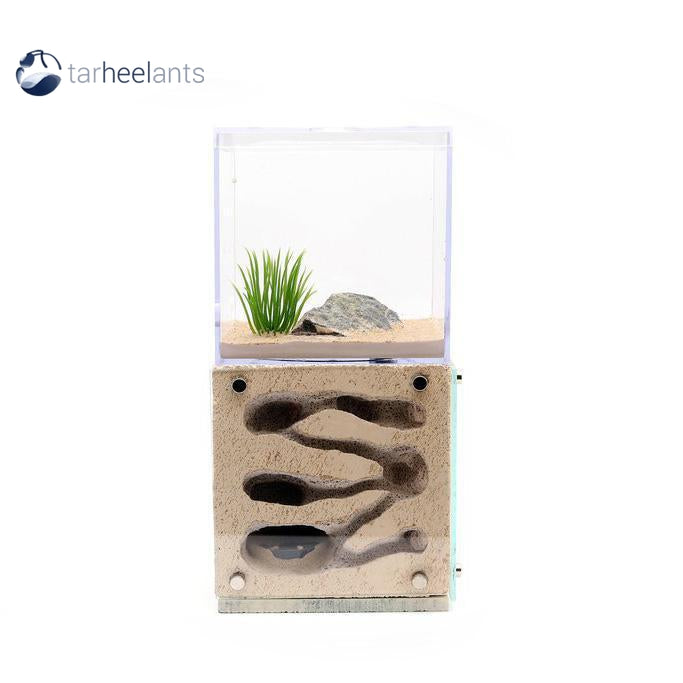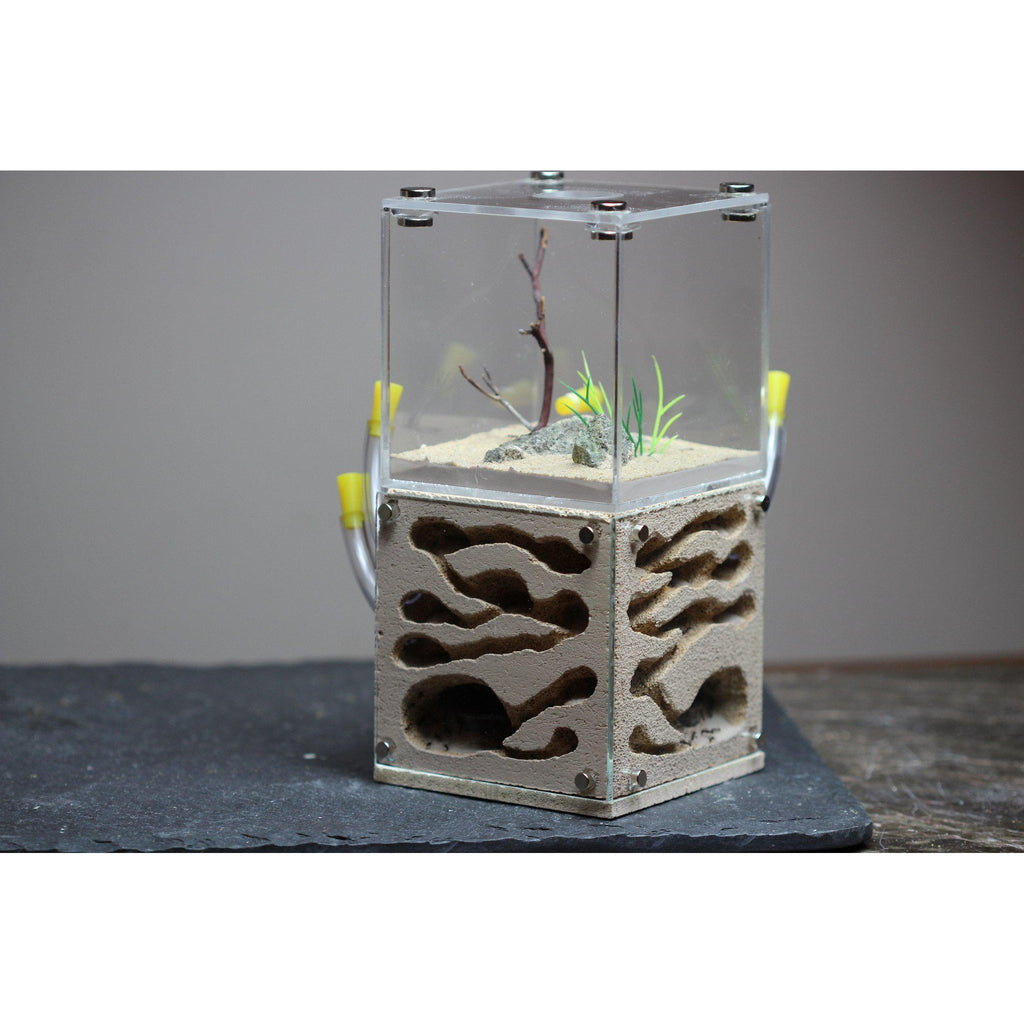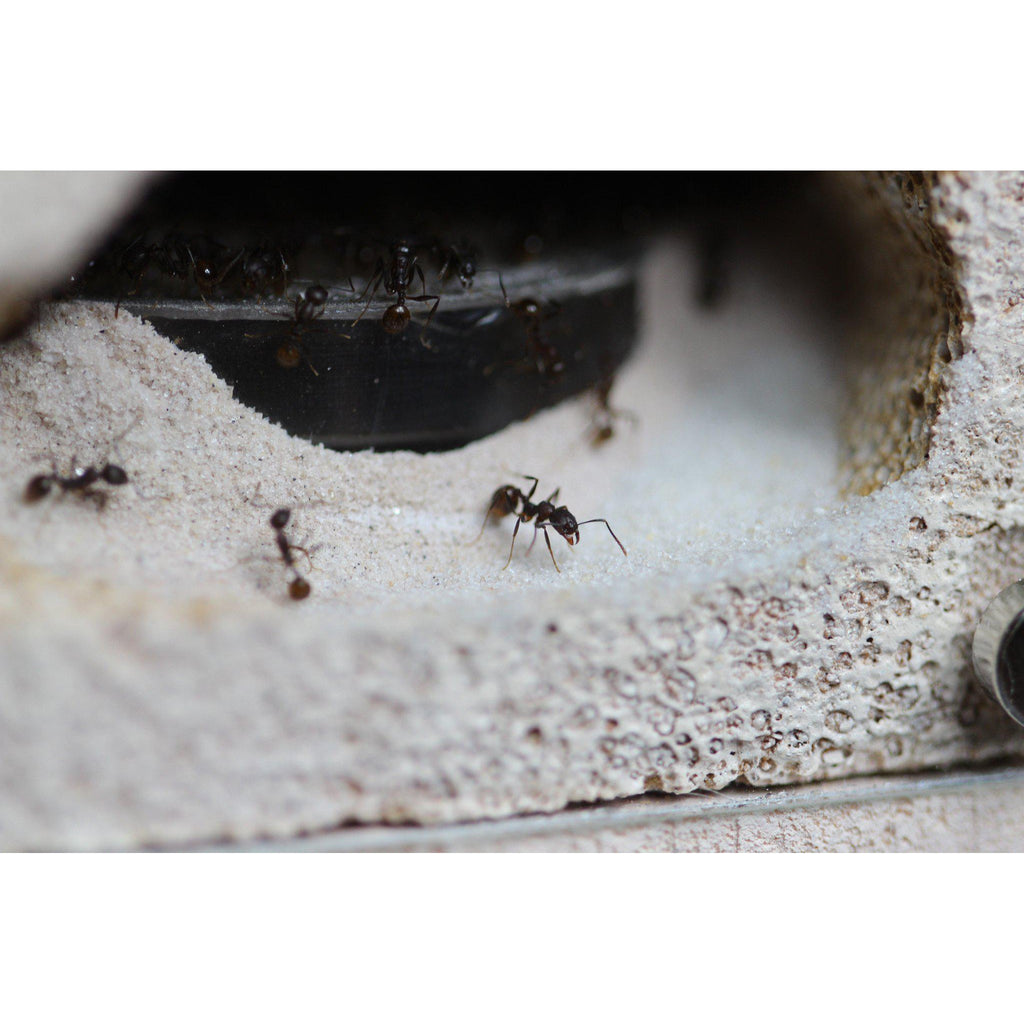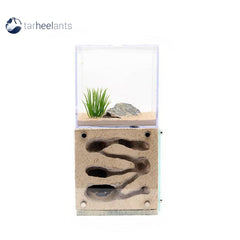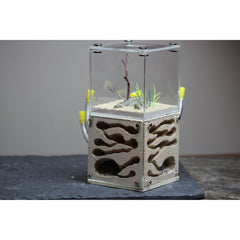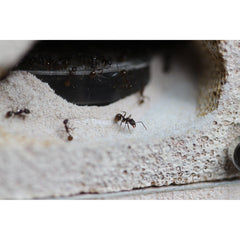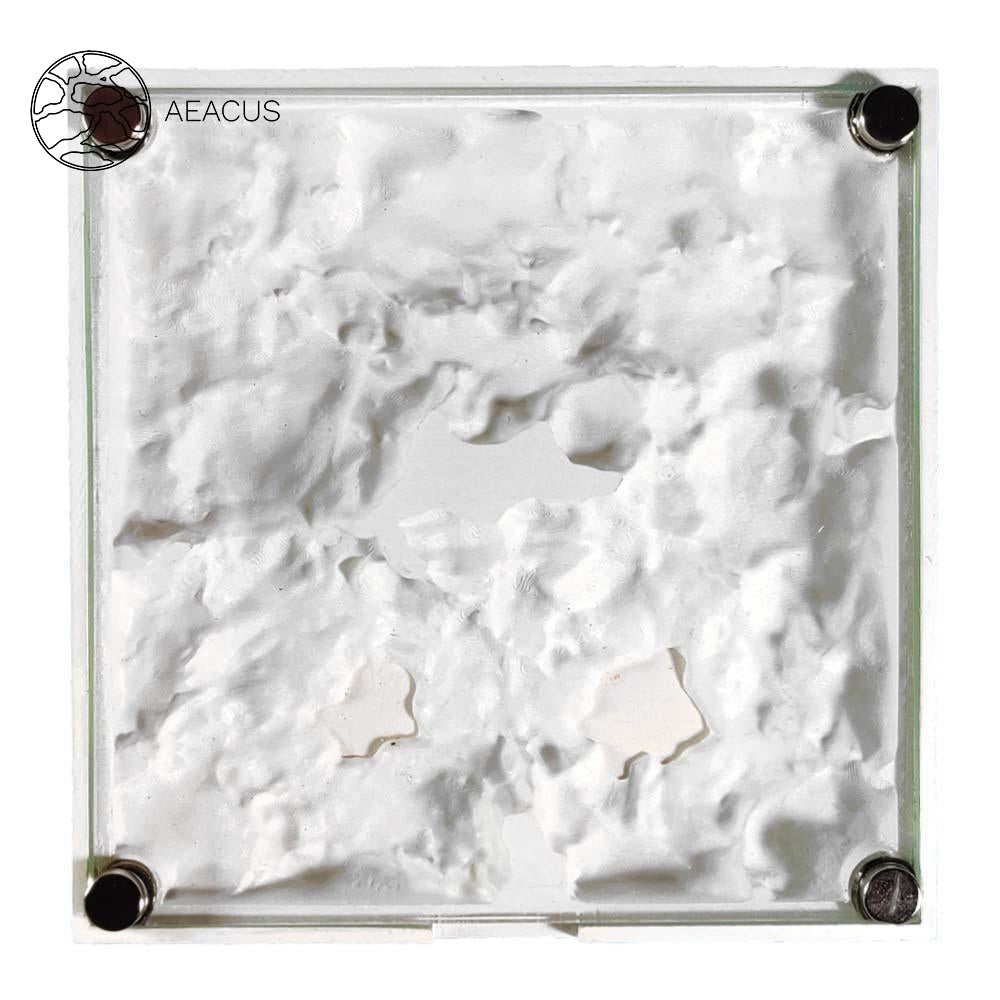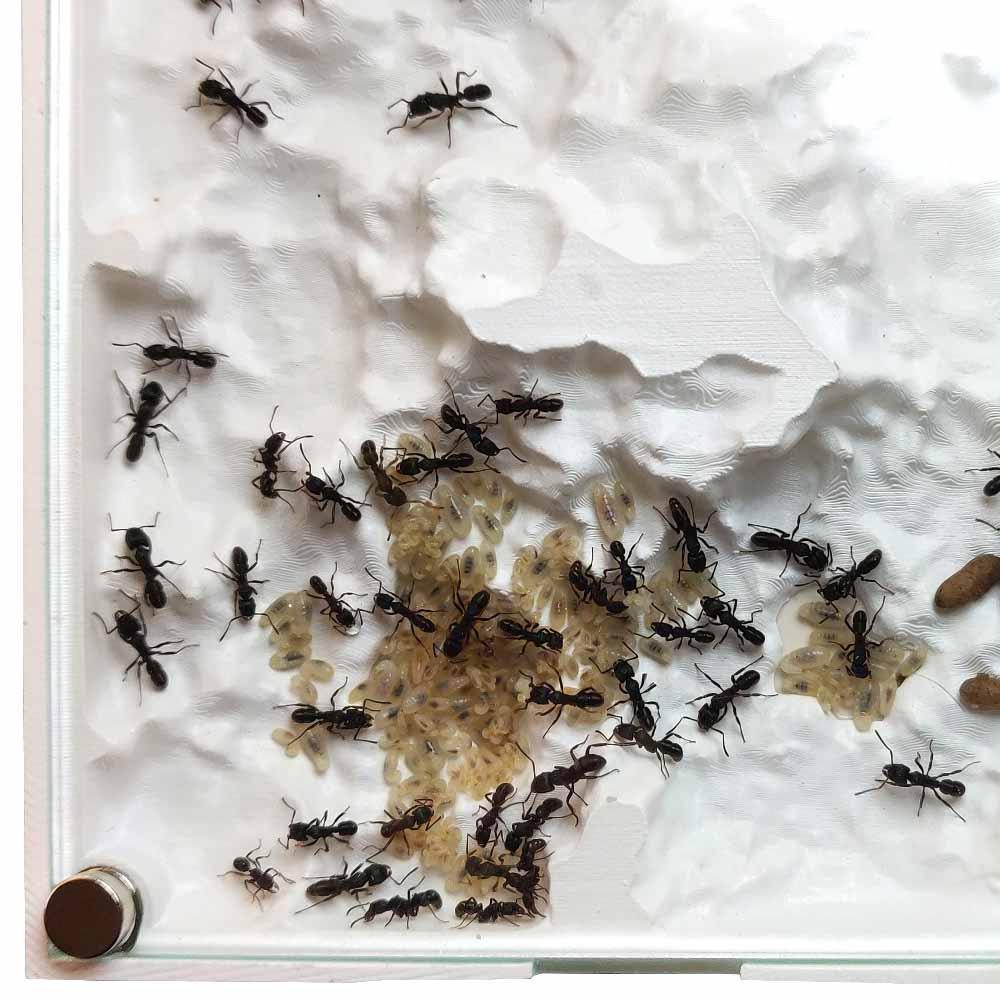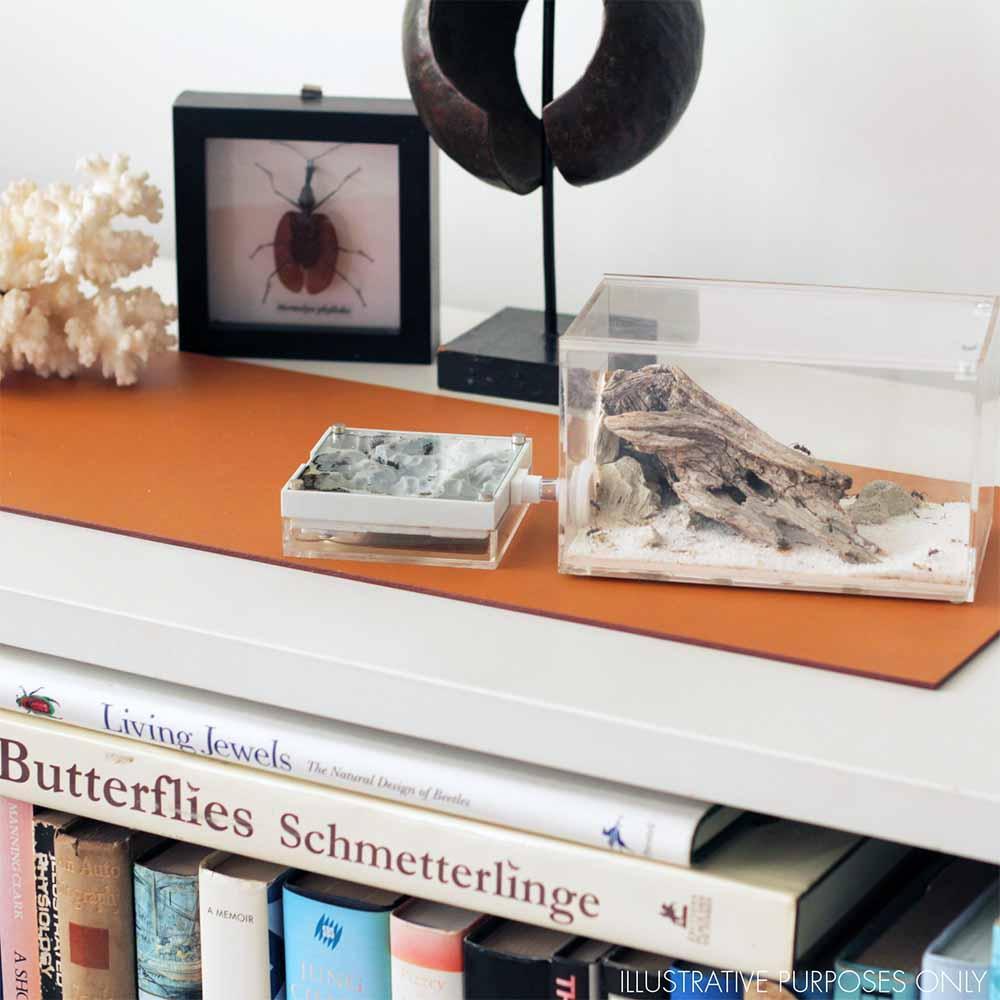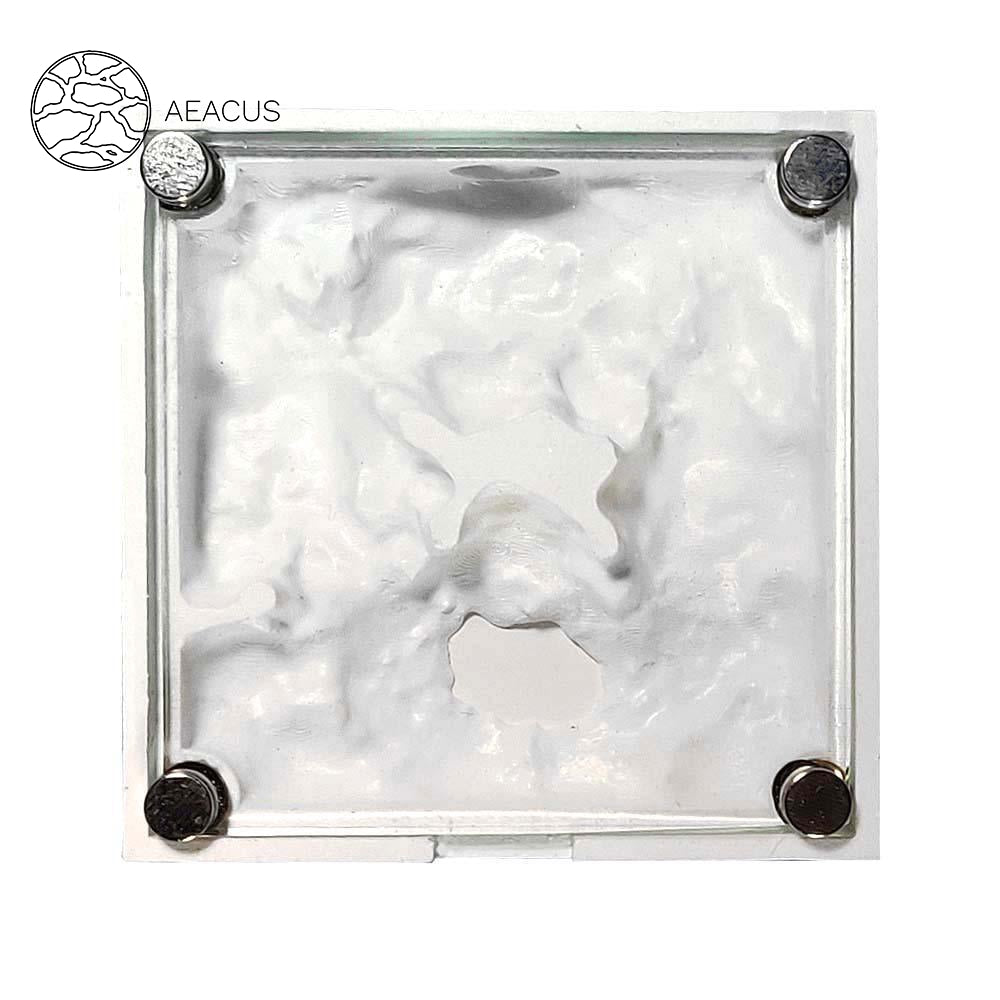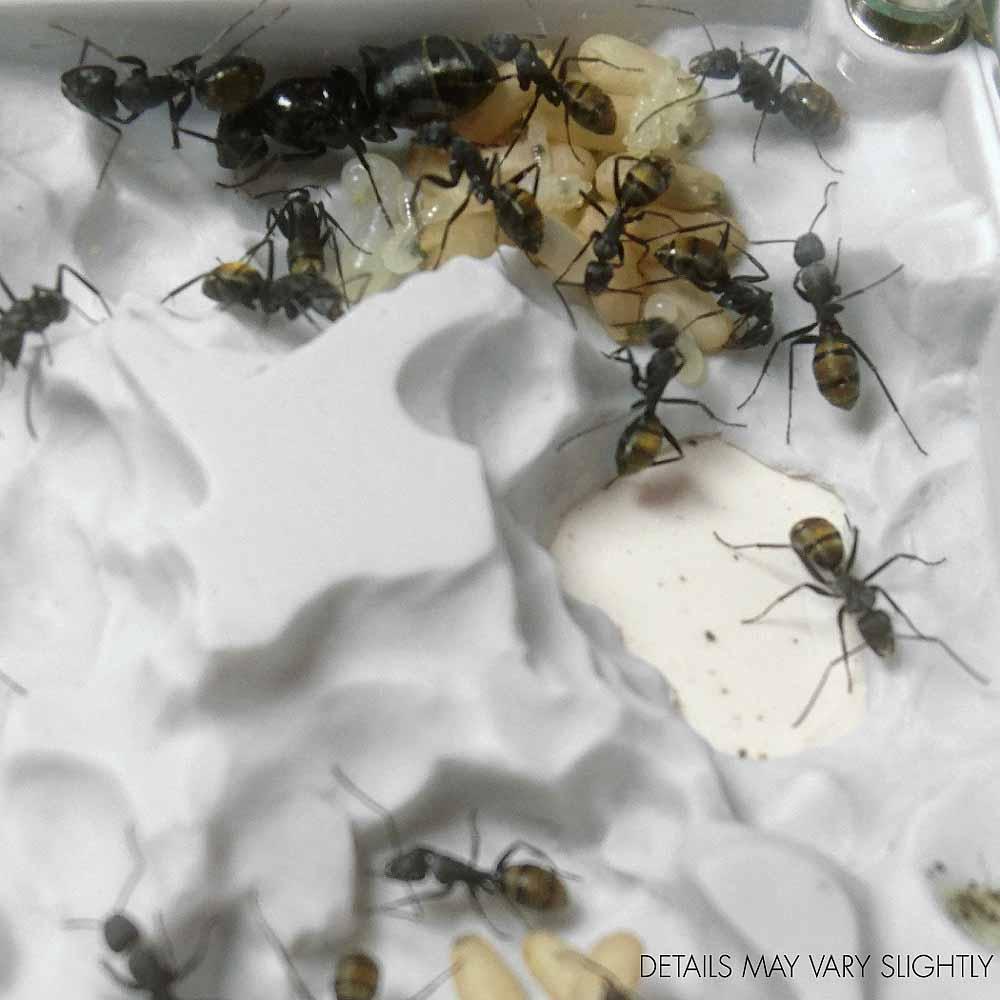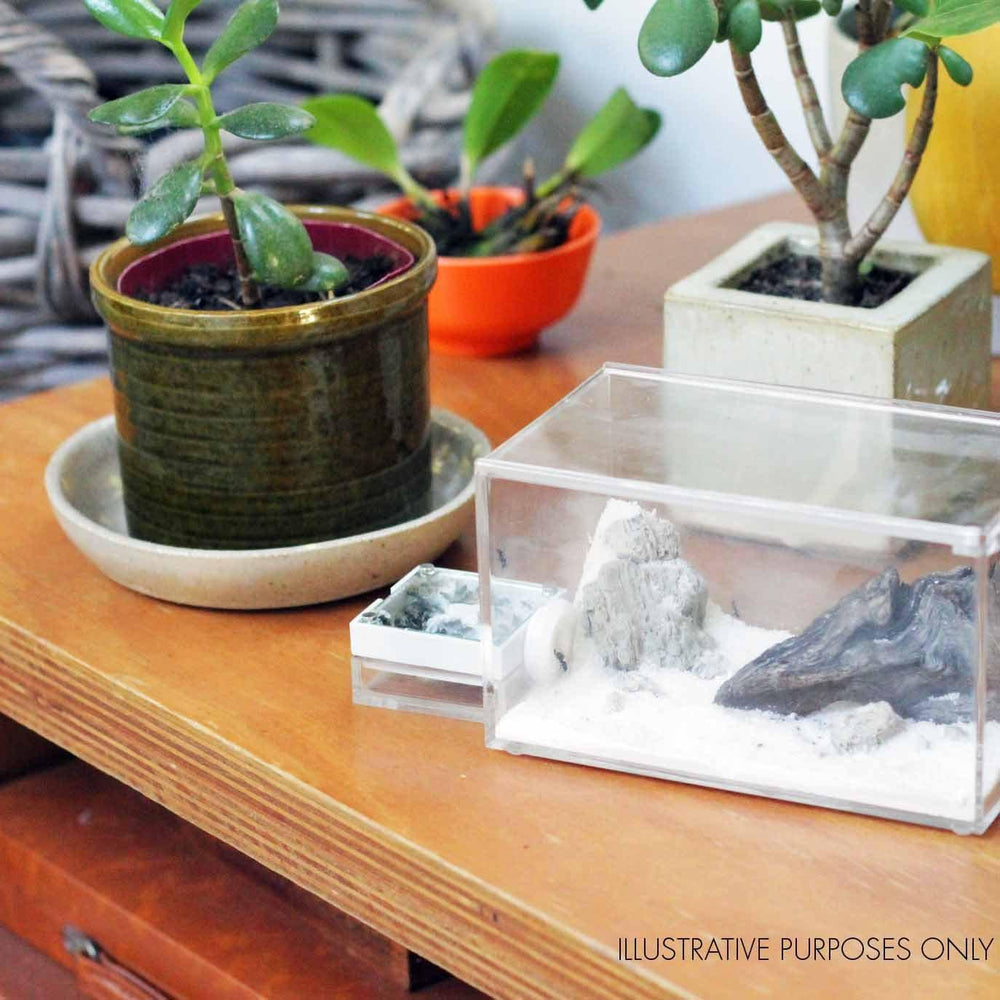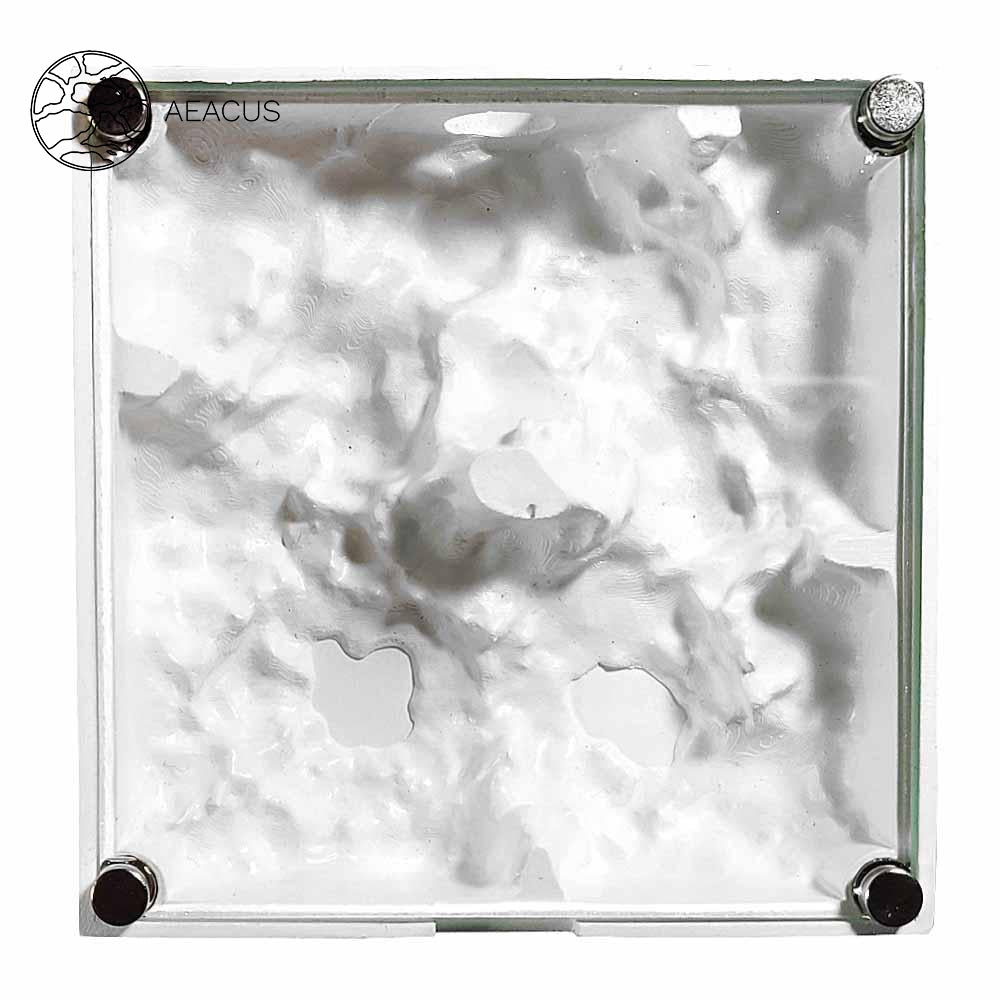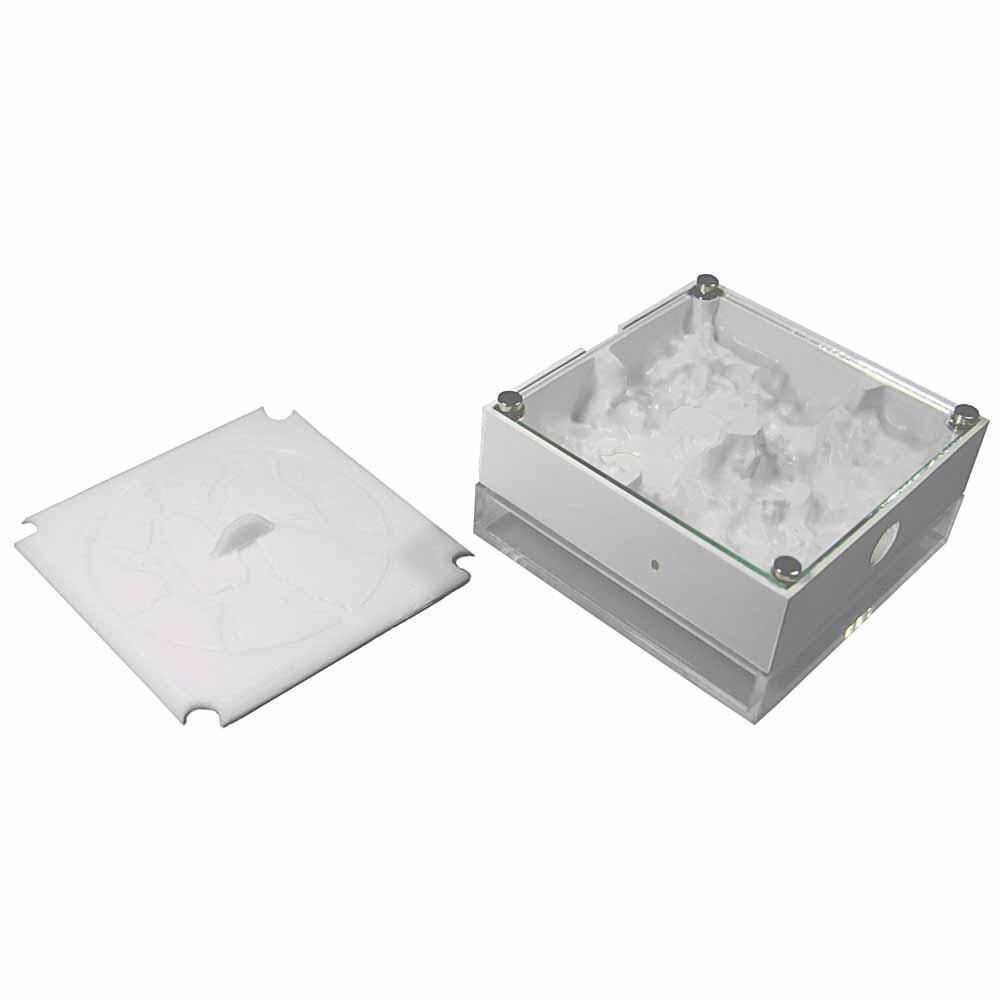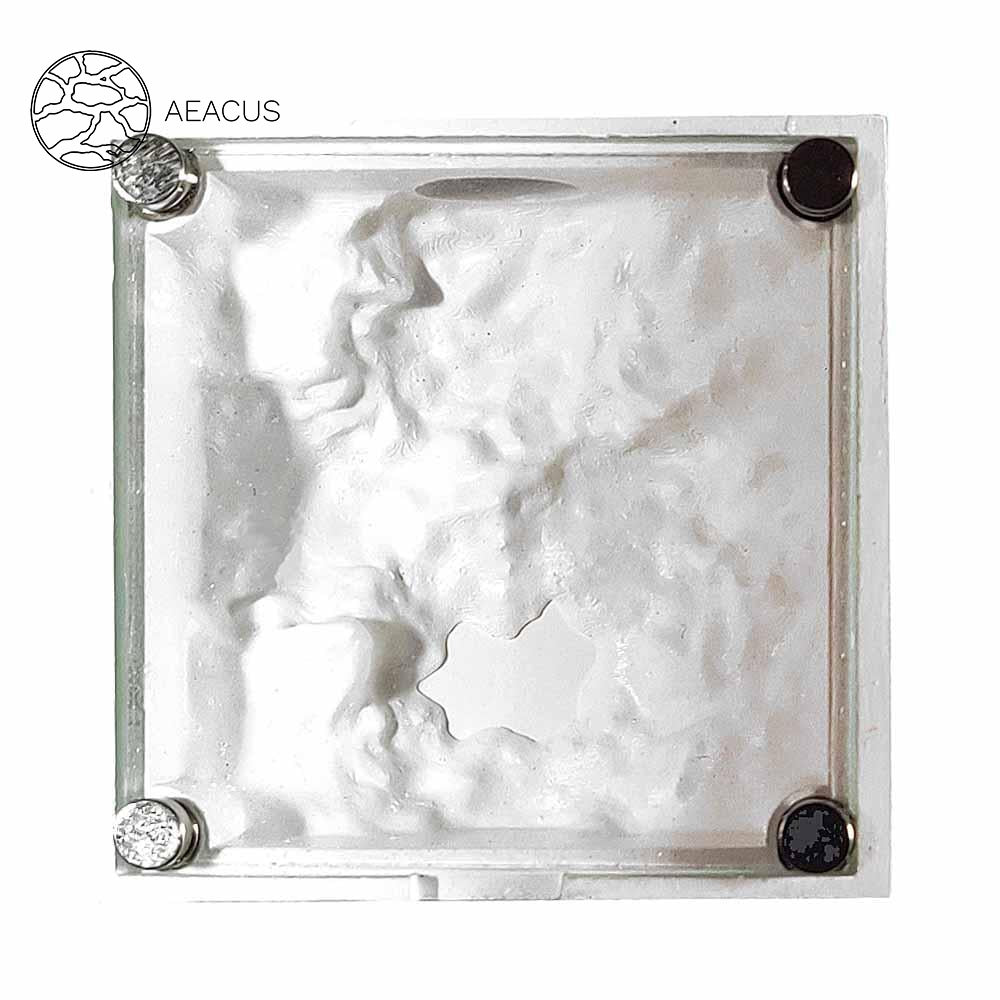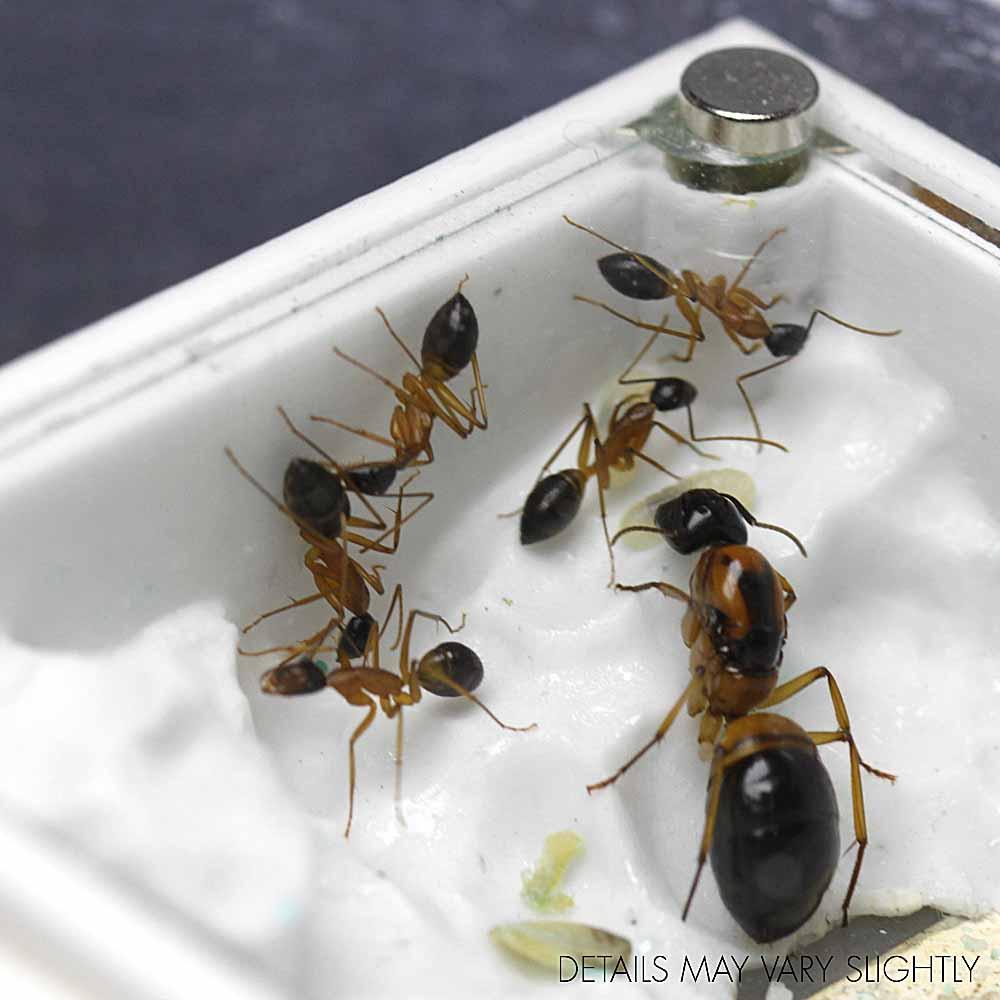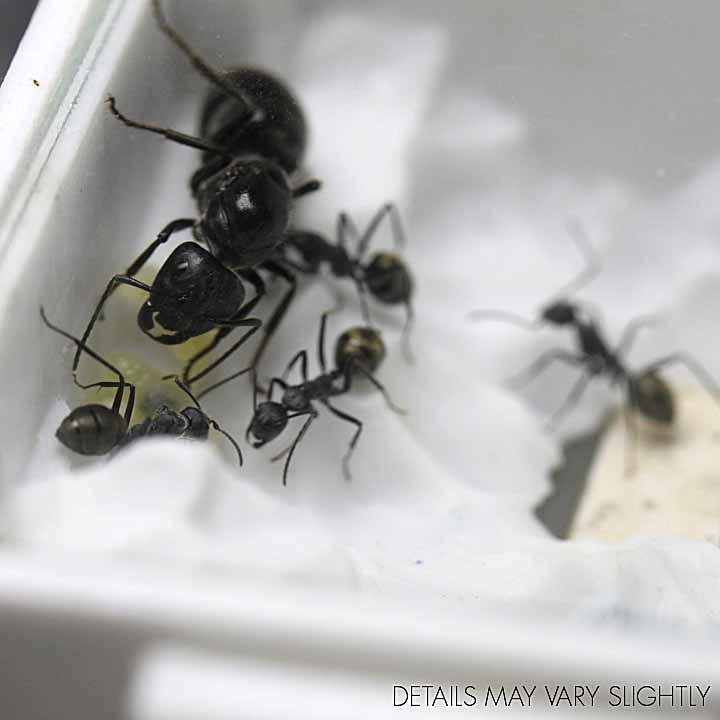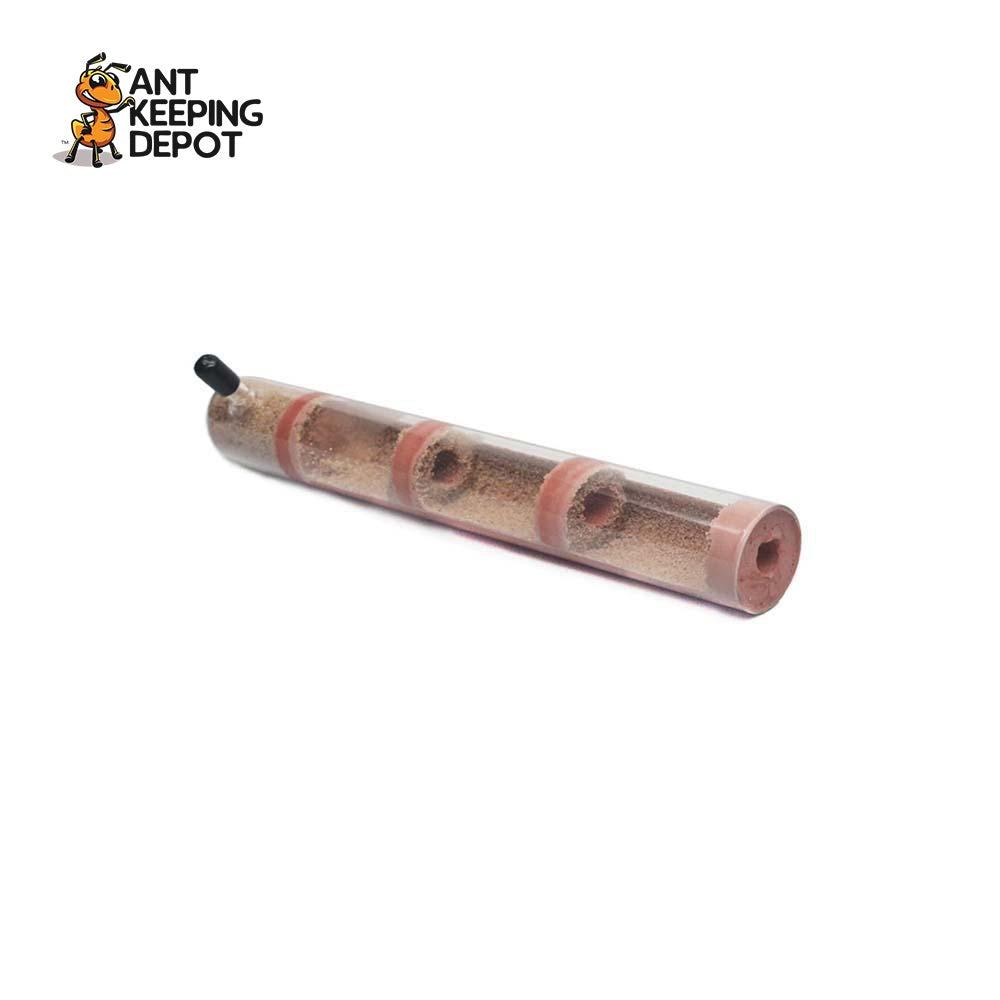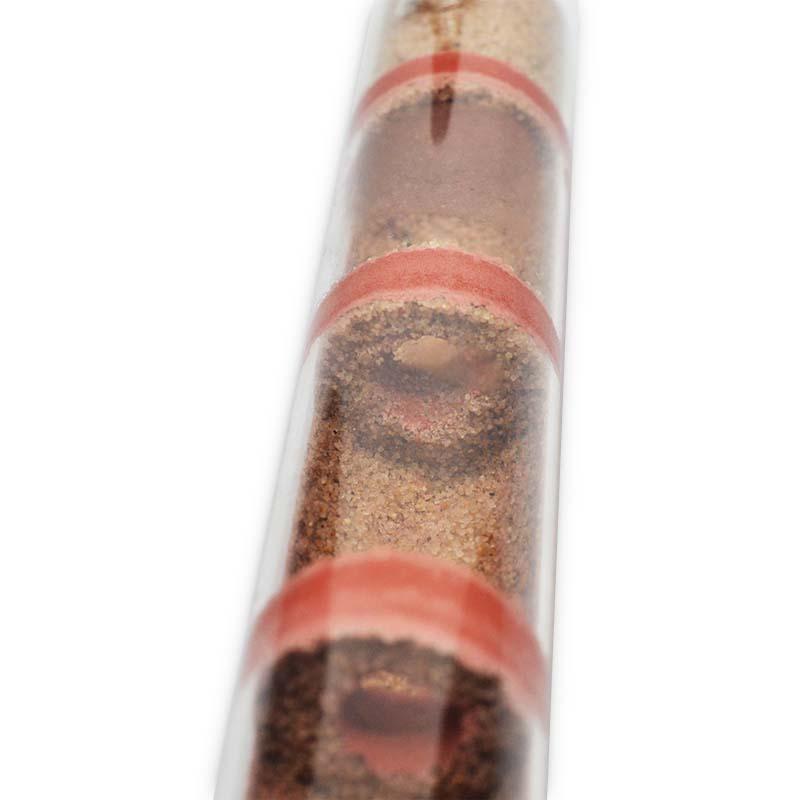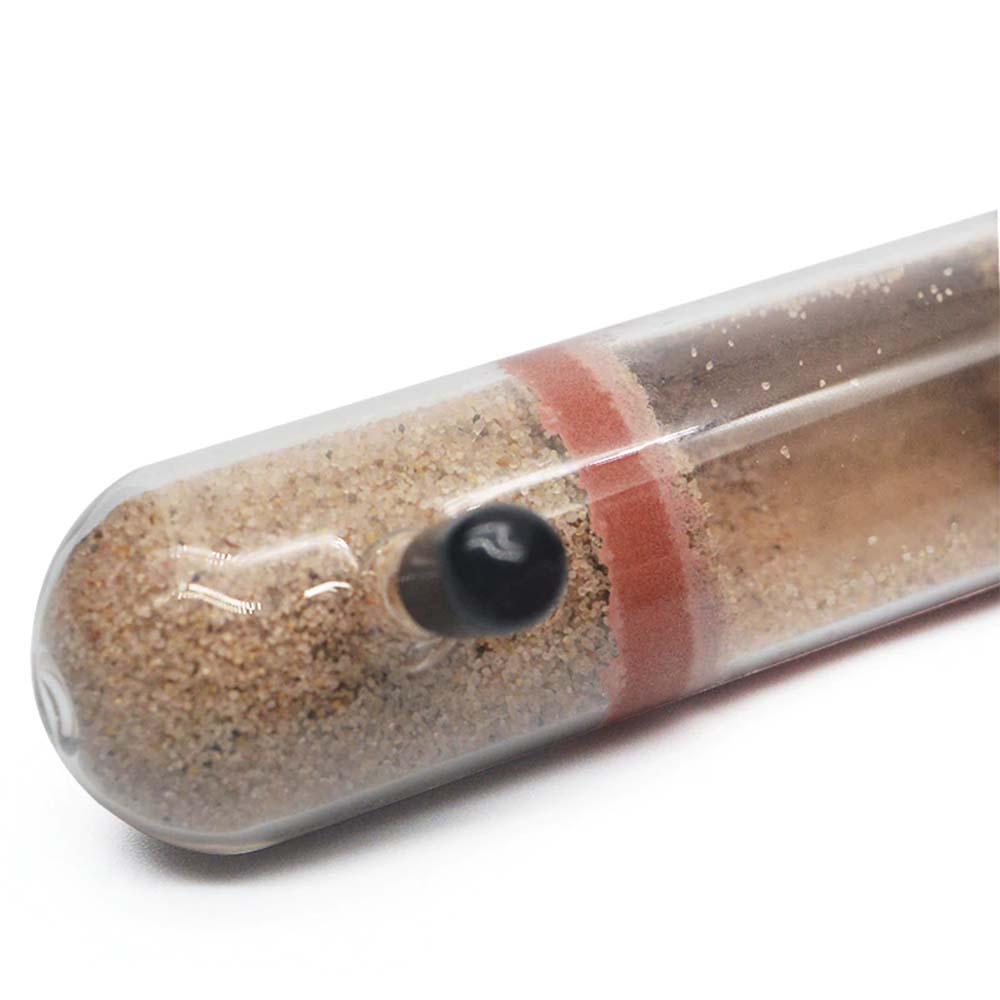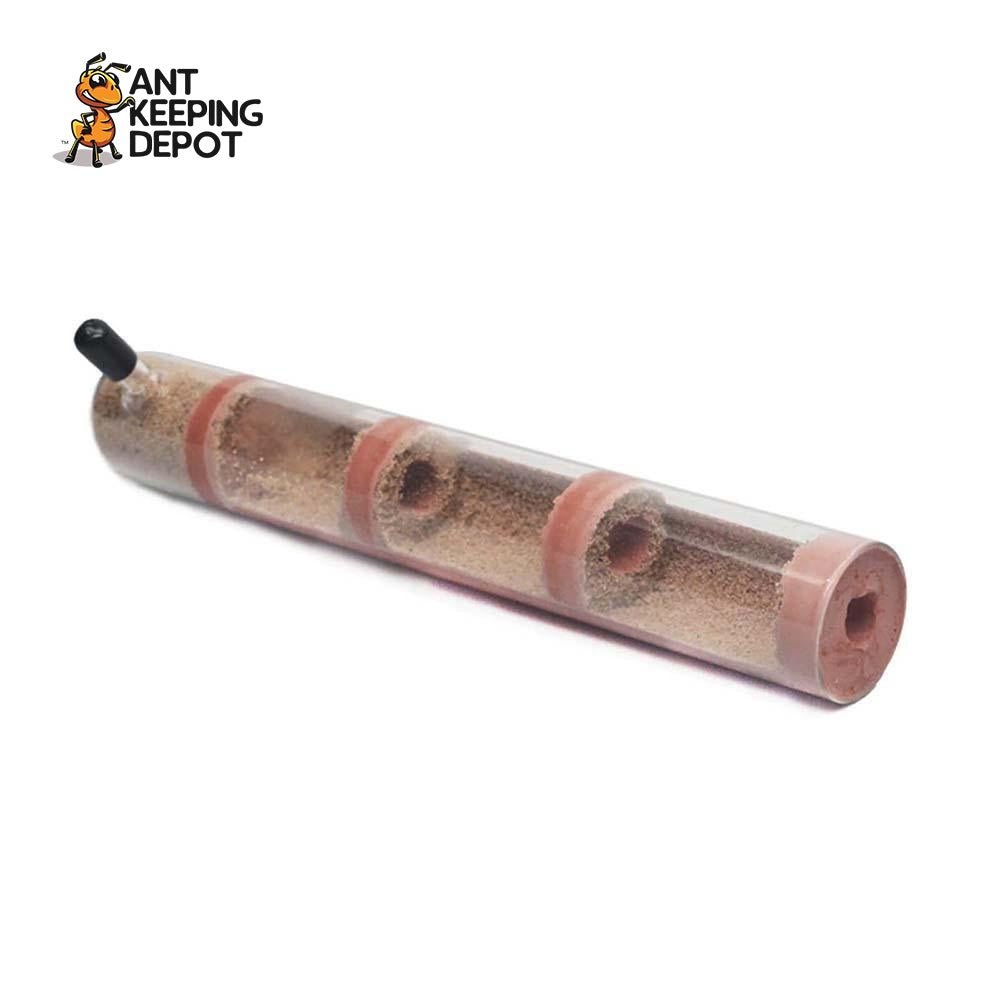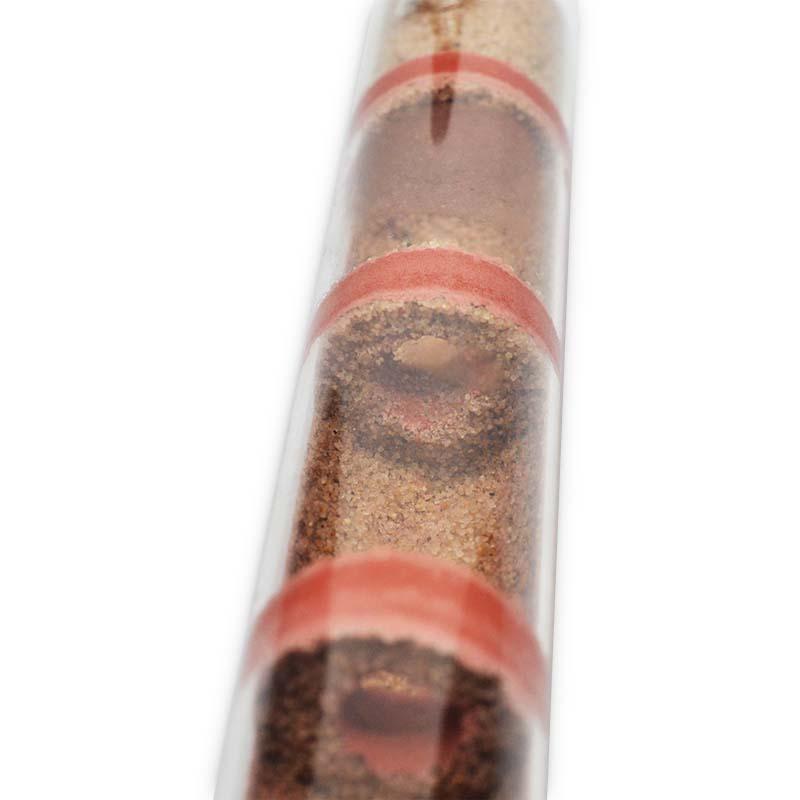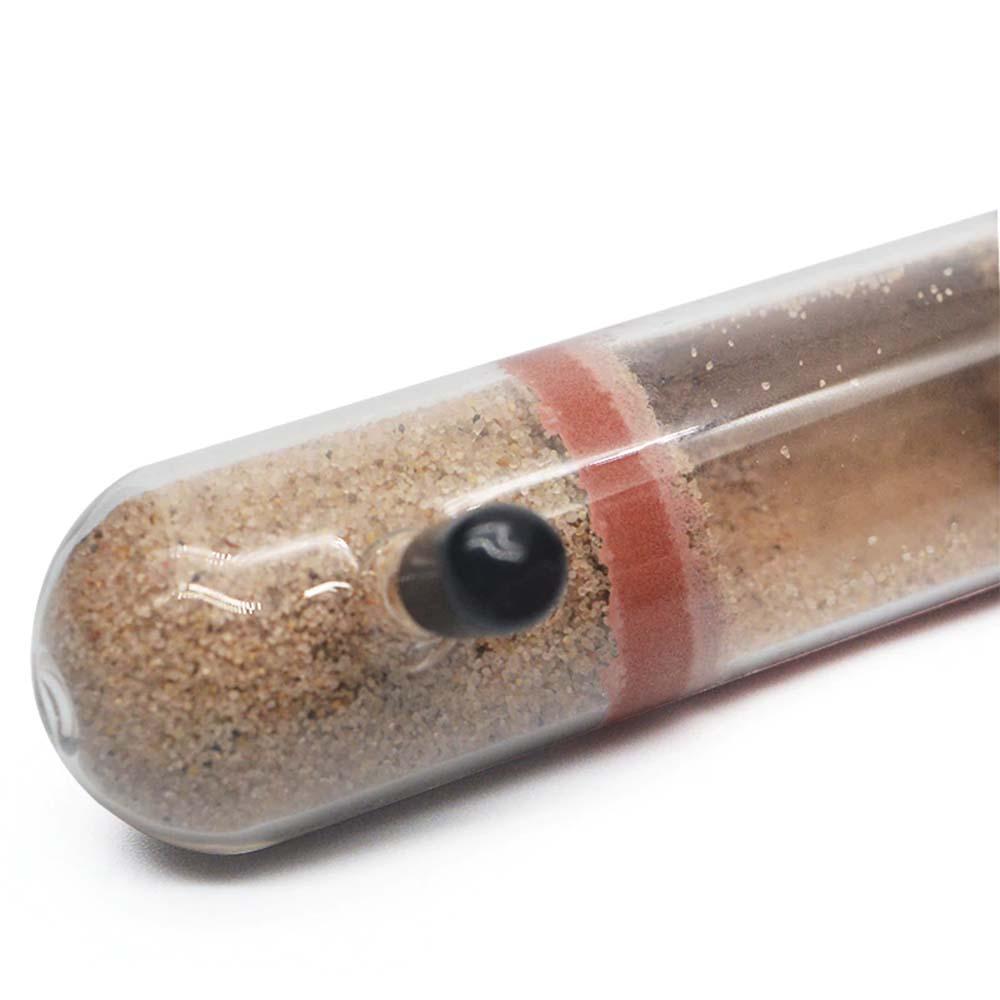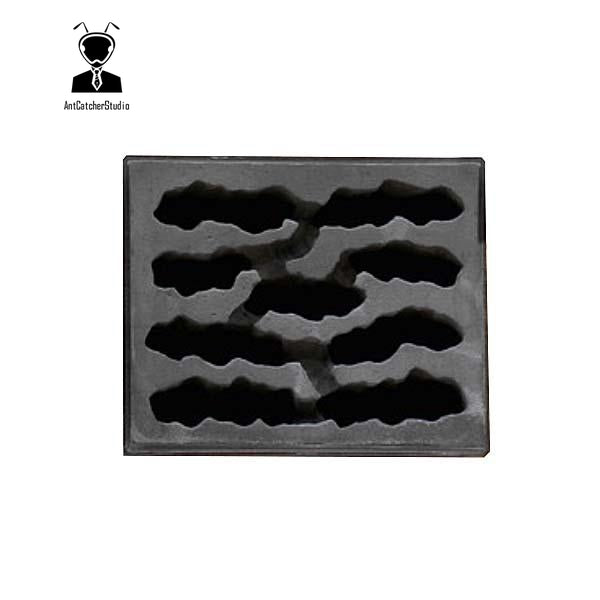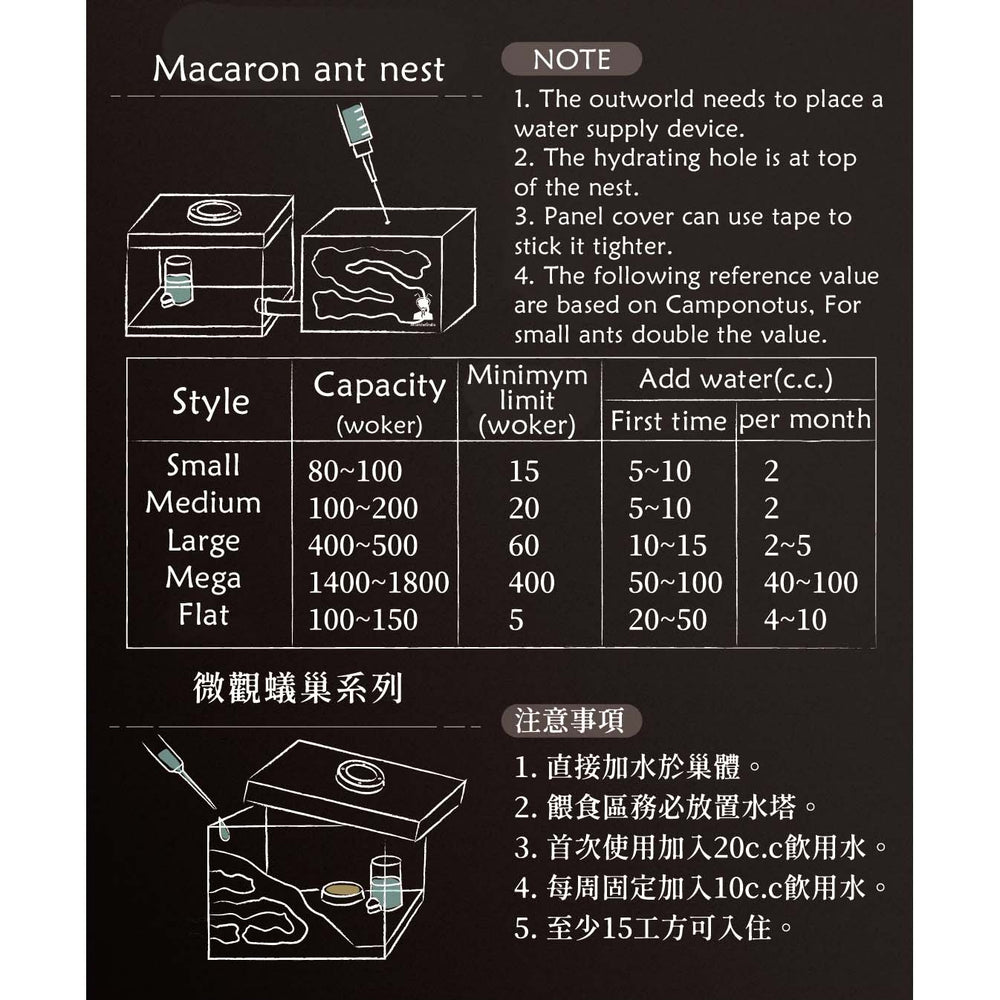Tar Heel Ants Casita Type III
Image should be used as a guide only. These formicariums are handmade and each is unique.
Interior Nest Color: White
Nest Type: Type I
Side Panel Color: Bone
Species Size: Medium
Foraging Themes: Underbrush w/brown sand
Glass Type: Standard Glass
Nestmates: 1 nestmate
Removable Vent: No
Sides: Standard (2)
The Casita (2017) Formicarium is a compact formicarium intended for small to medium-sized ant colonies. Tar Heel Ants 2017 version of the Casita features removable glass panels, a triple-action hydration system, professionally carved Ytong nest, and much more. The Casita is one of the oldest and most improved formicarium designs at Tar Heel Ants.
What makes the Casita Different?The Casita nest area covers two (or three using options) adjacent sides. This is currently the only nest that is offered that includes this configuration. The original Casita was the first Tar Heel Ants formicarium released with a gravity well hydration system. This feature allows for water to be added into a hidden reservoir through a small opening on the side. The water then wicks downwards and outwards from the wells location aided by gravity and the natural absorption action of the Ytong stone. The Casita, at 4äó? x 8äó?x 4äó? in total size (WxHxL) is great for situations where saving space is a priority.
Features:
- Nest Block Size 100mm x 100mm x 100mm
- Foraging Area Size 100mm x 100mm x 100mm
- Two viewable nest areas (Adjacent sides)
- Acrylic friction-fitting lid for foraging area
- Attached Foraging Area
- Water Tower
- Stainless steel mesh vent
- Professionally carved Ytong nest
- 1 nestmate.What is a nestmate? Watch video here:Nestmate Video
- Magnetically removable glass
- 12.5mm side entry port for connection to other habitats










